Purmerend on:
[Wikipedia]
[Google]
[Amazon]

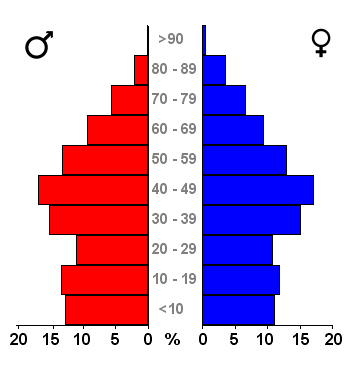 Purmerend () is a city and municipality in the west of the
Purmerend () is a city and municipality in the west of the
and it remained standing until it was demolished in 1741 after it had fallen into decline. In 1434 Purmerend was given
After 400 years Purmerenders saw the last cattle auction at the original location in downtown Purmerend in 2008. The auction was moved to the "Baanstee Oost" industrial area, in the north side of Purmerend. This was decided for various reasons: freeing up downtown traffic congestion, allowing for more parking area downtown, more room for auction grounds and ease of moving trucks around at the new site.
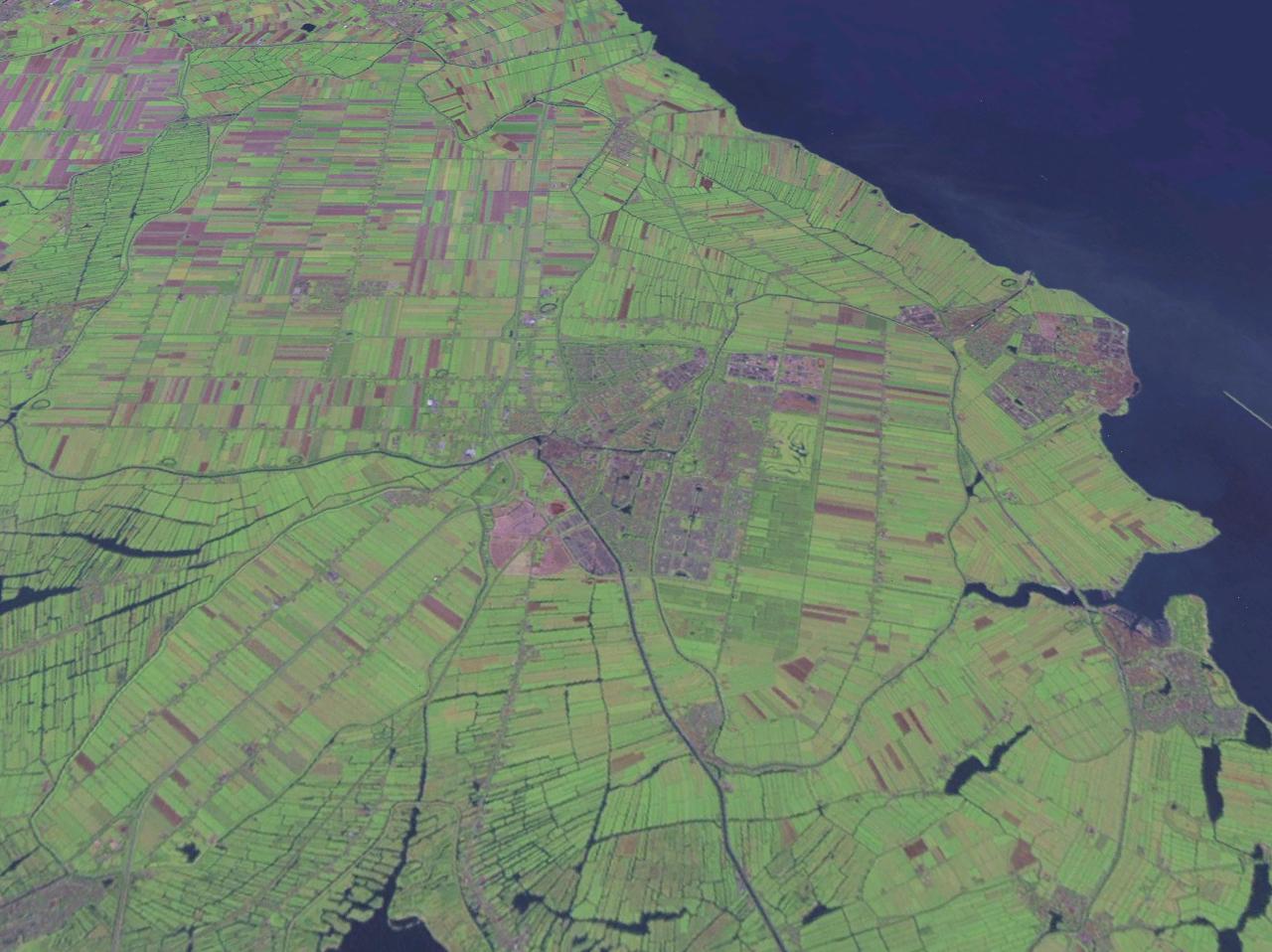 Purmerend lies on a
Purmerend lies on a 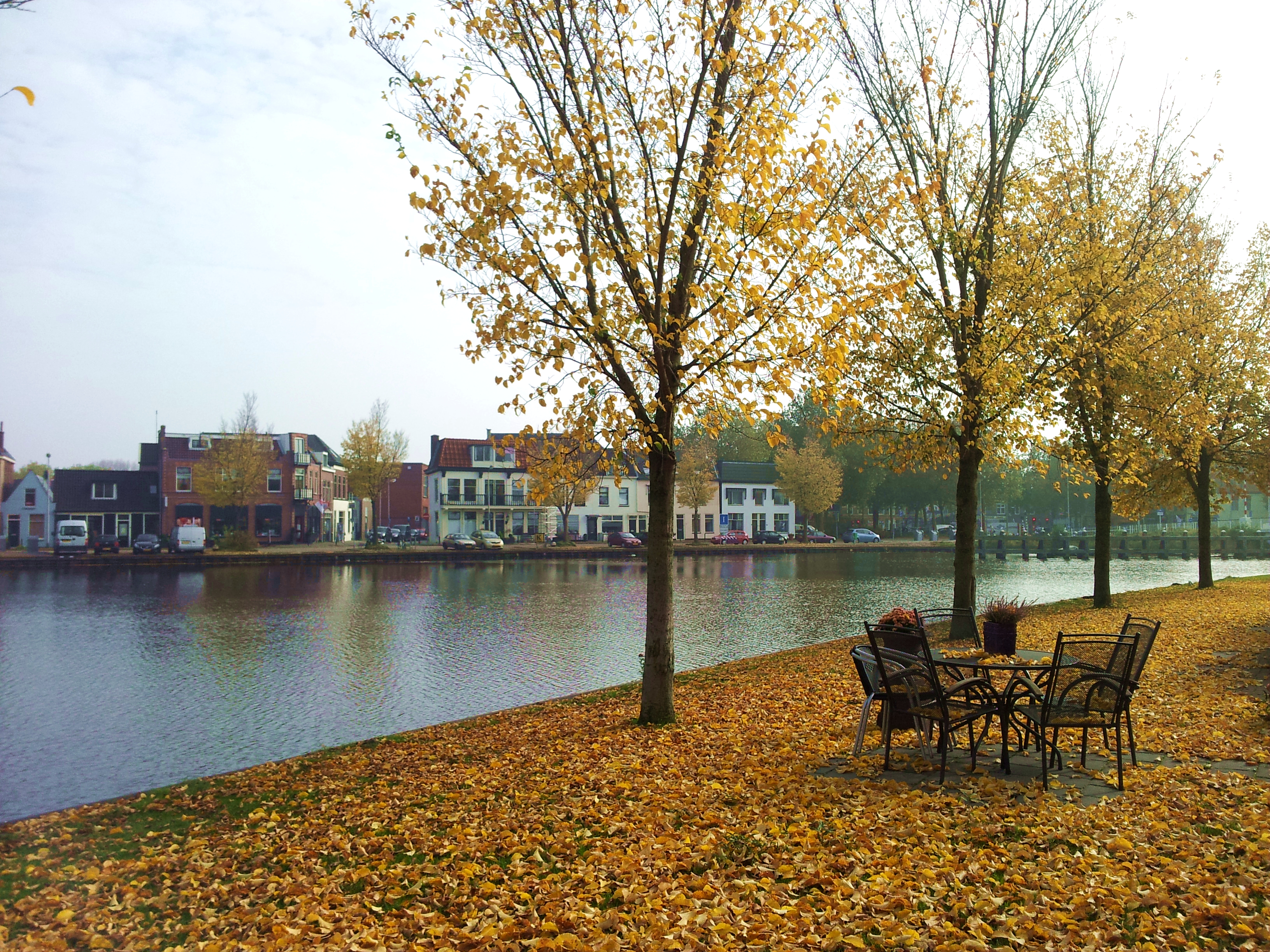
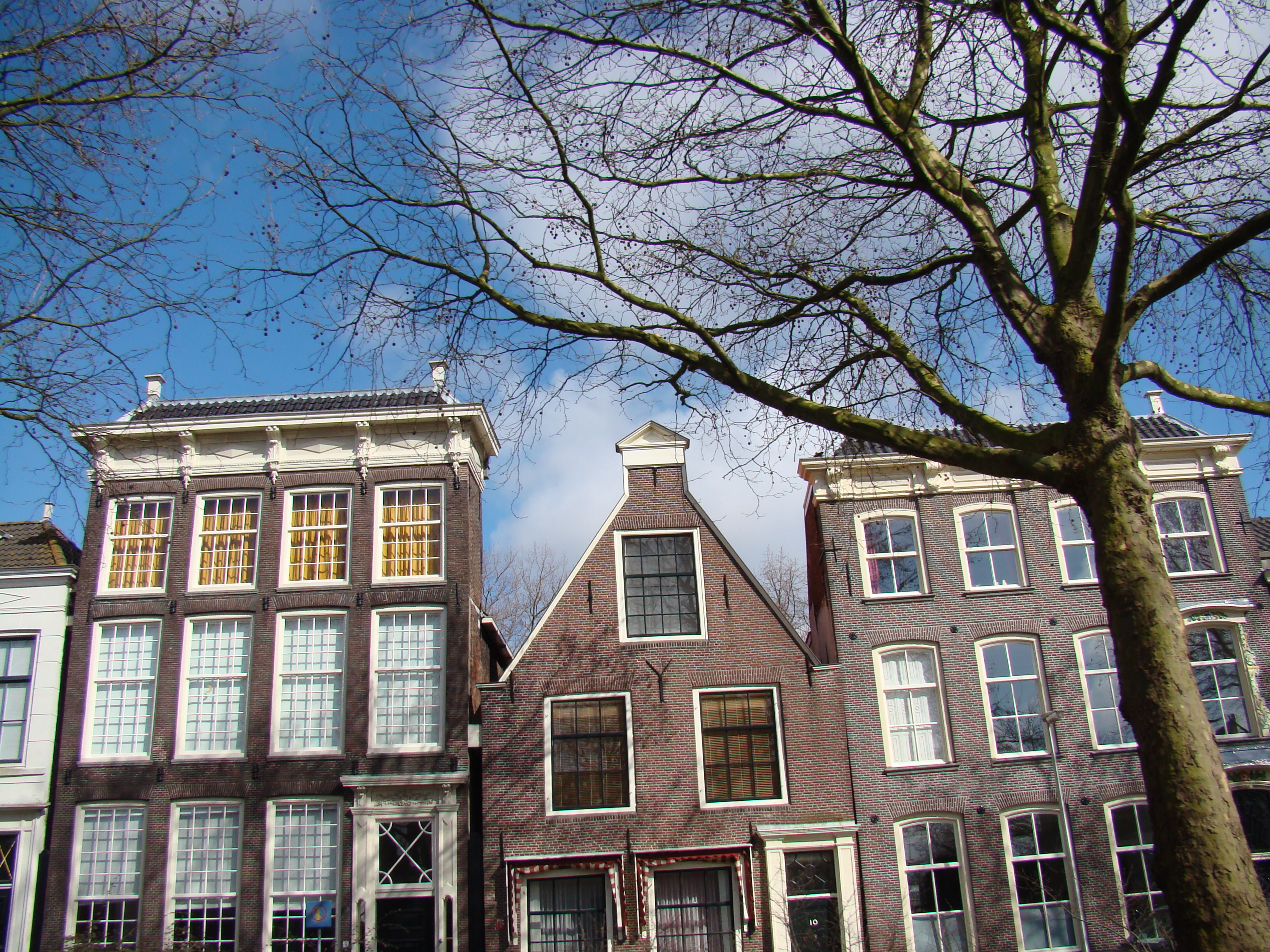
 ''Dutch Topographic map of Purmerend (town), as of March 2014.''
''Dutch Topographic map of Purmerend (town), as of March 2014.''
 Public transportation is mainly focused on Amsterdam, with several bus services and a train service via
Public transportation is mainly focused on Amsterdam, with several bus services and a train service via
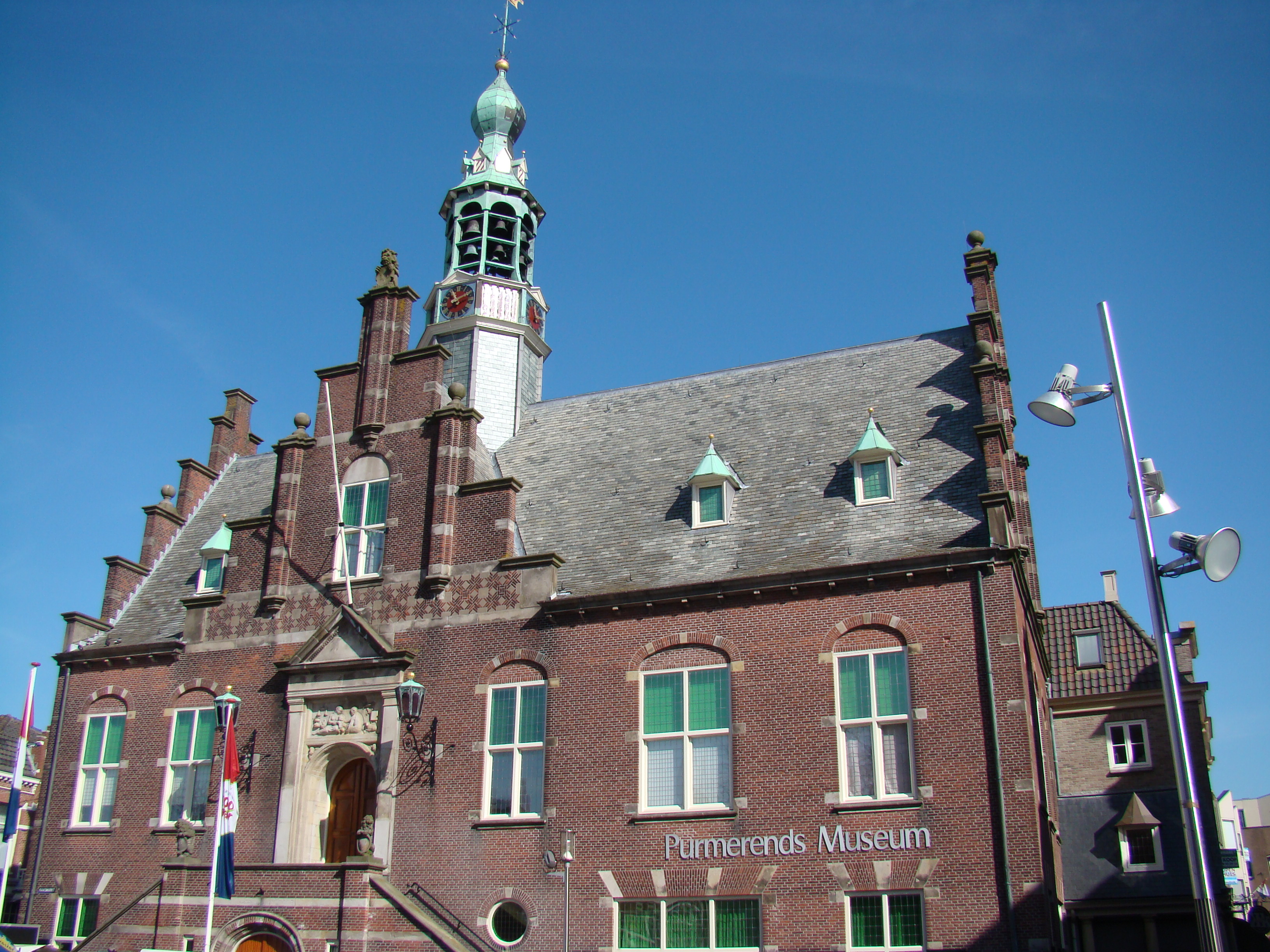 The municipal council of Purmerend consists of 37 seats, which are divided as follows since the elections of November 2021:
The mayor of Purmerend is Don Bijl.
The municipal council of Purmerend consists of 37 seats, which are divided as follows since the elections of November 2021:
The mayor of Purmerend is Don Bijl.
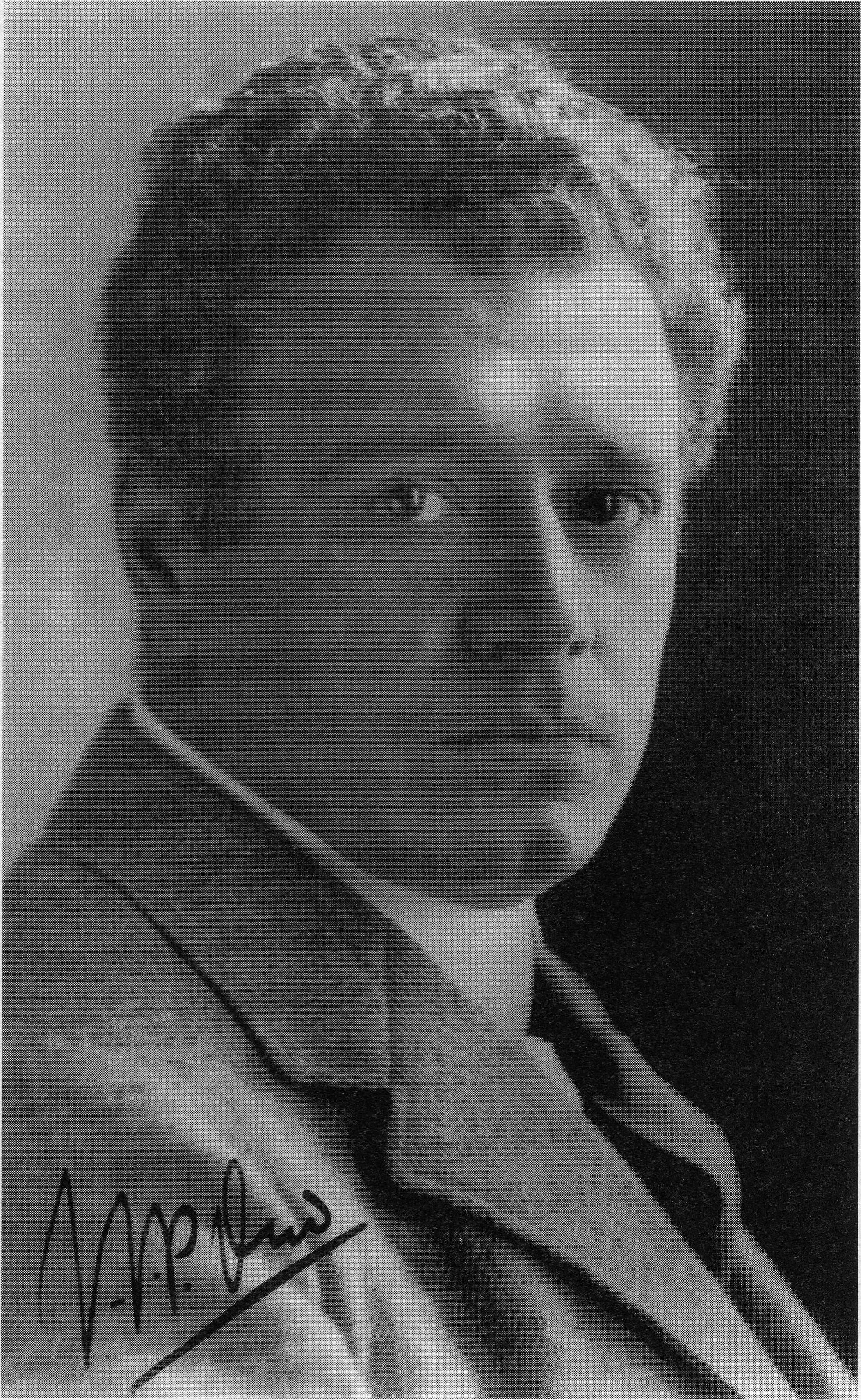 * Jan Stuyt (1868-1934) a Dutch architect
*
* Jan Stuyt (1868-1934) a Dutch architect
* IMDb Database
retrieved 09 January 2020 * Fleur Agema (born 1976) a Dutch politician and former spatial designer
 *
*
Official website
{{Authority control Populated places in North Holland Municipalities of North Holland Cities in the Netherlands

 Purmerend () is a city and municipality in the west of the
Purmerend () is a city and municipality in the west of the Netherlands
)
, anthem = ( en, "William of Nassau")
, image_map =
, map_caption =
, subdivision_type = Sovereign state
, subdivision_name = Kingdom of the Netherlands
, established_title = Before independence
, established_date = Spanish Netherl ...
, in the province of North Holland
North Holland ( nl, Noord-Holland, ) is a province of the Netherlands in the northwestern part of the country. It is located on the North Sea, north of South Holland and Utrecht, and west of Friesland and Flevoland. In November 2019, it had a ...
and in the region of West Friesland. The city is surrounded by polder
A polder () is a low-lying tract of land that forms an artificial hydrological entity, enclosed by embankments known as dikes. The three types of polder are:
# Land reclaimed from a body of water, such as a lake or the seabed
# Flood plains ...
s, such as the Purmer
Purmer is a polder and reclaimed lake in the Netherlands province of North Holland, located between the towns of Purmerend and Edam-Volendam. It is also a village located in the municipalities of Waterland and Edam-Volendam.
Purmer polder
Win ...
, Beemster and the Wormer. The city became the trade center of the region but the population grew relatively slowly. Only after 1960 did the population start to grow from around 10,000 to around 80,000 by the 2010s. From the 1960s onwards, Purmerend has seen major expansion and continues to do so. This expansion has turned Purmerend into a commuter town
A commuter town is a populated area that is primarily residential rather than commercial or industrial. Routine travel from home to work and back is called commuting, which is where the term comes from. A commuter town may be called by many ...
; many inhabitants of Purmerend (14,200 in 2011) work, go to school or spend their leisure time in Amsterdam
Amsterdam ( , , , lit. ''The Dam on the River Amstel'') is the capital and most populous city of the Netherlands, with The Hague being the seat of government. It has a population of 907,976 within the city proper, 1,558,755 in the urban ar ...
. Purmerend is part of the Randstad
The Randstad (; "Rim" or "Edge" City) is a roughly crescent-shaped conurbation in the central-western Netherlands, consisting primarily of the four largest Dutch cities (Amsterdam, Rotterdam, The Hague, and Utrecht); their suburbs, and many tow ...
, one of the largest conurbation
A conurbation is a region comprising a number of metropolises, cities, large towns, and other urban areas which through population growth and physical expansion, have merged to form one continuous urban or industrially developed area. In most cas ...
s in Europe
Europe is a large peninsula conventionally considered a continent in its own right because of its great physical size and the weight of its history and traditions. Europe is also considered a Continent#Subcontinents, subcontinent of Eurasia ...
.
The municipality of Beemster merged into the municipality of Purmerend on 1 January 2022. The extended municipality has a population of about 92,000 inhabitants.
History
Early history
Purmerend was created out of the smallfishing
Fishing is the activity of trying to catch fish. Fish are often caught as wildlife from the natural environment, but may also be caught from fish stocking, stocked bodies of water such as fish pond, ponds, canals, park wetlands and reservoirs. ...
village
A village is a clustered human settlement or community, larger than a hamlet but smaller than a town (although the word is often used to describe both hamlets and smaller towns), with a population typically ranging from a few hundred ...
Purmer, which was situated on the land between the Purmermeer (''Purmer Lake''), the Beemstermeer (''Beemster Lake'') and the Wormermeer (''Wormer Lake'') on the south bank of the river De Weere, which used to connect the former Purmermeer and Beemstermeer.
Purmerend was founded by a rich banker from Amsterdam
Amsterdam ( , , , lit. ''The Dam on the River Amstel'') is the capital and most populous city of the Netherlands, with The Hague being the seat of government. It has a population of 907,976 within the city proper, 1,558,755 in the urban ar ...
, Willem Eggert
Knight Willem Eggert, ( Amsterdam, 1360 - Purmerend, 15 July 1417) was a Dutch politician (stadtholder of Holland), noble, banker and schepen of Amsterdam. He owned much land in Weesp, Monnickendam, Oosthuizen, Aalsmeer and Wognum.
Biography
...
. HRH Count
Count (feminine: countess) is a historical title of nobility in certain European countries, varying in relative status, generally of middling rank in the hierarchy of nobility. Pine, L. G. ''Titles: How the King Became His Majesty''. New York ...
William VI of Holland (''Willem VI van Holland'') gave him permission to build his own fortified castle
A castle is a type of fortified structure built during the Middle Ages predominantly by the nobility or royalty and by military orders. Scholars debate the scope of the word ''castle'', but usually consider it to be the private fortified r ...
, Slot Purmerstein, in 1410. The castle's construction was completed in 1413Waterlandziekenhuisand it remained standing until it was demolished in 1741 after it had fallen into decline. In 1434 Purmerend was given
city rights
Town privileges or borough rights were important features of European towns during most of the second millennium. The city law customary in Central Europe probably dates back to Italian models, which in turn were oriented towards the traditio ...
and on 21 April 1484 (some sources claim 14 April 1484) the city was given “marktrechten” (the right to organise two “''jaarmarkten''” annual markets and a “''weekmarkt''” weekly market) by Count Jan van Egmond. This meant merchants from outside of Purmerend could now offer their merchandise for sale on the market. Before 1484 only food products for its own population were allowed to be sold.
17th century
By 1500 Purmerend had grown considerably, as can be seen on maps dating from that period. They show that the town had a rectangular shape and was crossed by two roads: one leading north–south, the other east–west. The draining of the Beemster Lake in 1612 and the Purmer Lake in 1622 resulted in a great loss infishing
Fishing is the activity of trying to catch fish. Fish are often caught as wildlife from the natural environment, but may also be caught from fish stocking, stocked bodies of water such as fish pond, ponds, canals, park wetlands and reservoirs. ...
grounds to Purmerend. However, the new and fertile soil favoured agriculture
Agriculture or farming is the practice of cultivating plants and livestock. Agriculture was the key development in the rise of sedentary human civilization, whereby farming of domesticated species created food surpluses that enabled people ...
and livestock
Livestock are the domesticated animals raised in an agricultural setting to provide labor and produce diversified products for consumption such as meat, eggs, milk, fur, leather, and wool. The term is sometimes used to refer solely to ani ...
breeding
Breeding is sexual reproduction that produces offspring, usually animals or plants. It can only occur between a male and a female animal or plant.
Breeding may refer to:
* Animal husbandry, through selected specimens such as dogs, horses, and r ...
, making Purmerend prosperous again. Purmerend now became the centre of an agricultural region, the produce
Produce is a generalized term for many farm-produced crops, including fruits and vegetables ( grains, oats, etc. are also sometimes considered ''produce''). More specifically, the term ''produce'' often implies that the products are fres ...
of which was sold on the markets of Purmerend.
19th century
From 1819 till 1824 theNoordhollandsch Kanaal
The Noordhollandsch Kanaal ("Great North Holland Canal") is a canal originally meant for ocean-going ships. It is located in North Holland, Netherlands. The canal was of great significance in Dutch history.
Location
The canal is about 75 kil ...
was constructed. It was dug along existing waterways like the Oude Vaart, which connected Purmerend to the IJ opposite Amsterdam, and along canals that connected Purmerend to Alkmaar. On 20 July 1821 the large (Purmerend Lock) was completed just west of the city center.
The Noordhollandsch Kanaal would unexpectedly bring great prosperity to Purmerend. In 1840 the company Brantjes en Comp., trading in wood was founded. The Firma Dirk Bakker also started to import wood. Meanwhile, Firma Pont from Edam diverted her imports over Purmerend via the river. Ships from Norway, Sweden, Russia and America then started to make direct trips to Purmerend to bring wood. Sometimes 12 of these were present at the same time.
The increased commerce and shipping led to the creation of an industry that catered for ships. In turn Purmerend merchants started to equip whaler
A whaler or whaling ship is a specialized vessel, designed or adapted for whaling: the catching or processing of whales.
Terminology
The term ''whaler'' is mostly historic. A handful of nations continue with industrial whaling, and one, Japa ...
s. In 1866 the establishment of a tow service with 7 tugboats by Gebroeders Goedkoop was one of the last highlights of this period. By about 1880 this boom period for Purmerend was ending, because the new North Sea Canal diverted traffic elsewhere.
20th century
DuringWorld War II
World War II or the Second World War, often abbreviated as WWII or WW2, was a world war that lasted from 1939 to 1945. It involved the World War II by country, vast majority of the world's countries—including all of the great power ...
Purmerend was occupied by German forces on 14 May 1940. After five years of occupation, the city was liberated by Canadian and other allied forces on Wednesday 9 May 1945.
21st century
Purmerend was named Kermisstad van Nederland (''Funfair
A fair (archaic: faire or fayre) is a gathering of people for a variety of entertainment or commercial activities. Fairs are typically temporary with scheduled times lasting from an afternoon to several weeks.
Types
Variations of fairs incl ...
City of the Netherlands'') in 2003. After the funfair, Purmerend is most famous for its cattle market, the so-called ''koemarkt'' (“cow market”), where cattle are sold and traded, mostly cows and sheep
Sheep or domestic sheep (''Ovis aries'') are domesticated, ruminant mammals typically kept as livestock. Although the term ''sheep'' can apply to other species in the genus '' Ovis'', in everyday usage it almost always refers to domesticate ...
. After the outbreak of many cattle diseases between 1995 and 2001 the cattle market was not allowed any more. It was reinstated on a smaller scale in January 2002.Purmerend.nlAfter 400 years Purmerenders saw the last cattle auction at the original location in downtown Purmerend in 2008. The auction was moved to the "Baanstee Oost" industrial area, in the north side of Purmerend. This was decided for various reasons: freeing up downtown traffic congestion, allowing for more parking area downtown, more room for auction grounds and ease of moving trucks around at the new site.
Geography and climate
Geography
 Purmerend lies on a
Purmerend lies on a swamp
A swamp is a forested wetland.Keddy, P.A. 2010. Wetland Ecology: Principles and Conservation (2nd edition). Cambridge University Press, Cambridge, UK. 497 p. Swamps are considered to be transition zones because both land and water play a role in ...
y and watery area known as Waterland
Waterland () is a municipality in the Netherlands, located in the province of North Holland. It is situated north of Amsterdam, on the western shore of the Markermeer. It is well-known for comprising the touristy towns of Broek in Waterland and M ...
. When the first settlers began cultivating the land, consisting mostly of turf (''veen''), they dug ditch
A ditch is a small to moderate divot created to channel water. A ditch can be used for drainage, to drain water from low-lying areas, alongside roadways or fields, or to channel water from a more distant source for plant irrigation. Ditches ar ...
es that run parallel
Parallel is a geometric term of location which may refer to:
Computing
* Parallel algorithm
* Parallel computing
* Parallel metaheuristic
* Parallel (software), a UNIX utility for running programs in parallel
* Parallel Sysplex, a cluster o ...
to each other to drain excess water
Water (chemical formula ) is an inorganic, transparent, tasteless, odorless, and nearly colorless chemical substance, which is the main constituent of Earth's hydrosphere and the fluids of all known living organisms (in which it acts as ...
. As a side effect of this process the land began to sink. This resulted in a never-ending battle against the water, and made agriculture
Agriculture or farming is the practice of cultivating plants and livestock. Agriculture was the key development in the rise of sedentary human civilization, whereby farming of domesticated species created food surpluses that enabled people ...
near impossible at the time. It also meant that any structure
A structure is an arrangement and organization of interrelated elements in a material object or system, or the object or system so organized. Material structures include man-made objects such as buildings and machines and natural objects such a ...
needed to be built on an artificial Terp or natural hill
A hill is a landform that extends above the surrounding terrain. It often has a distinct summit.
Terminology
The distinction between a hill and a mountain is unclear and largely subjective, but a hill is universally considered to be not a ...
. The former being true for Purmerend which was built on the bank of the river De Where, that linked the former Beemster and Purmer
Purmer is a polder and reclaimed lake in the Netherlands province of North Holland, located between the towns of Purmerend and Edam-Volendam. It is also a village located in the municipalities of Waterland and Edam-Volendam.
Purmer polder
Win ...
lakes.

Topography
 ''Dutch Topographic map of Purmerend (town), as of March 2014.''
''Dutch Topographic map of Purmerend (town), as of March 2014.''
Districts
Purmerend is made up of the following districts. The municipality of Purmerend also contains thetown
A town is a human settlement. Towns are generally larger than villages and smaller than cities, though the criteria to distinguish between them vary considerably in different parts of the world.
Origin and use
The word "town" shares an o ...
s/ hamlets of Purmerbuurt and partially the Purmer
Purmer is a polder and reclaimed lake in the Netherlands province of North Holland, located between the towns of Purmerend and Edam-Volendam. It is also a village located in the municipalities of Waterland and Edam-Volendam.
Purmer polder
Win ...
. (The Purmer is shared with Edam-Volendam
Edam-Volendam () is a municipality in the northwest Netherlands, in the province of North Holland, primarily consisting of the towns of Edam and Volendam. It is situated on the western shore of the Markermeer, just north of Waterland. In 2019, ...
and Waterland
Waterland () is a municipality in the Netherlands, located in the province of North Holland. It is situated north of Amsterdam, on the western shore of the Markermeer. It is well-known for comprising the touristy towns of Broek in Waterland and M ...
)
Climate
Public transport
 Public transportation is mainly focused on Amsterdam, with several bus services and a train service via
Public transportation is mainly focused on Amsterdam, with several bus services and a train service via Zaandam
Zaandam () is a city in the province of North Holland, Netherlands. It is the main city of the municipality of Zaanstad, and received city rights in 1811. It is located on the river Zaan, just north of Amsterdam.
The statistical district Zaand ...
.
There are 3 train stations in Purmerend, in the north, centre and south.
These are:
* Purmerend Overwhere (North)
* Purmerend (Centre)
* Purmerend Weidevenne (South)
The bus station
A bus station or a bus interchange is a structure where city or intercity buses stop to pick up and drop off passengers. While the term bus depot can also be used to refer to a bus station, it generally refers to a bus garage. A bus station is ...
in Purmerend is called "Tramplein" (or, Tram Square), but not because any trams run in Purmerend today. Historically, a tram ("'t Boemeltje") ran from Amsterdam Centraal
Amsterdam Centraal Station ( nl, italic=no, Station Amsterdam Centraal ; abbreviation: Asd) is the largest railway station in Amsterdam, North Holland, the Netherlands. A major international railway hub, it is used by 192,000 passengers a da ...
to Purmerend, ending at the Tramplein location. Although the tram service discontinued years ago, the end stop retained the name Tramplein.
In 1951 The Ramblers had a hit commemorating the tram service "’t Boemeltje van Purmerend".
In 2019, the province of North Holland revealed plans to extend the Amsterdam Metro
The Amsterdam Metro ( nl, Amsterdamse metro) is a rapid transit system serving Amsterdam, Netherlands, and extending to the surrounding municipalities of Diemen and Ouder-Amstel. Until 2019 it also served the municipality of Amstelveen but thi ...
's Noord-Zuidlijn from Noord station to Purmerend.
Local government
Born in Purmerend
Notable people born in Purmerend: * Jan Stuyt (1868-1934) a Dutch architect
*
* Jan Stuyt (1868-1934) a Dutch architect
* Pieter Oud
Pieter Jacobus Oud (5 December 1886 – 12 August 1968) was a Dutch politician of the defunct Free-thinking Democratic League (VDB) party and later co-founder of the Labour Party (PvdA) and the People's Party for Freedom and Democracy (VVD) ...
(1886–1968) a Dutch politician, Minister of finance and Mayor of Rotterdam
Rotterdam ( , , , lit. ''The Dam on the River Rotte (river), Rotte'') is the second largest List of cities in the Netherlands by province, city and List of municipalities of the Netherlands, municipality in the Netherlands. It is in the Prov ...
* Jacobus Oud (1890–1963) a Dutch architect, follower of the De Stijl movement
* Mart Stam (1899-1986) architect, urban planner and chair designer
* Hendrik de Wit
Hendrik (Henk) Cornelis Dirk de Wit (24 October 1909 – 16 March 1999) was a Dutch systematic botanist who contributed significantly to the knowledge of the Aroid genera '' Cryptocoryne'' and '' Lagenandra''. He grew up in the Waterland, a m ...
(1909–1999) a Dutch systematic botanist
* Leen Verbeek
Leendert "Leen" Verbeek (born 5 March 1954) is a Dutch politician serving as the King's Commissioner of Flevoland since 2008. A member of the Labour Party (PvdA), he previously served as Mayor of Purmerend from 2003 to 2008.
Verbeek spent his ...
(born 1954) a Dutch politician, Mayor of Purmerend from 2003 to 2008
* Jan van Zanen
Jan Hendrikus Cornelis van Zanen (born 4 September 1961) is a Dutch politician who has served as Mayor of The Hague since 1 July 2020. A member of the People's Party for Freedom and Democracy (VVD), he previously served as Mayor of Utrecht (201 ...
(born 1961) a Dutch politician, Mayor of Utrecht since 2014
* Hans Klok
Johannes Franciscus Catharinus "Hans" Klok (born 22 February 1969) is a Dutch magician, illusionist and actor.
Biography
Hans Klok was born in Purmerend, Netherlands. On his tenth birthday, he received a magic set as a present and began perform ...
(born 1969) a Dutch magician, illusionist and actor
* Duncan Stutterheim (born 1971) a Dutch entrepreneur, founded of the event company ID&T
* Kim van Kooten
Kim van Kooten (born 26 January 1974 in Purmerend, North Holland) is a Dutch actress and screenwriter. In international cinema, she is best known for the 2003 Dutch/US co-production ''Phileine Says Sorry'', filmed partly in New York City, in whic ...
(born 1974) a Dutch actress and screenwriter retrieved 09 January 2020 * Fleur Agema (born 1976) a Dutch politician and former spatial designer
Sport
 *
* Martin Koeman
Martinus Cornelis Koeman (26 July 1938 – 18 December 2013) was a Dutch footballer who played as a centre-back.
Biography
Koeman played professional football with KFC of Koog aan de Zaan from 1955 to 1960, Blauw-Wit Amsterdam from 1960 to 19 ...
(1938–2013) a Dutch footballer, a defender, with over 550 club caps
* Edwin Zoetebier
Eduard Andreas Dominicus Hendricus Jozef "Edwin" Zoetebier (; born 7 May 1970) is a Dutch former professional footballer who played as a goalkeeper.
Career
Zoetebier was born in Purmerend, North Holland. He started his professional career in the ...
(born 1970) a former football goalkeeper with 358 club caps
* Olaf Lindenbergh
Olaf Lindenbergh (born 6 February 1974) is a Dutch former professional footballer who played as a defender.
Club career
Lindenbergh was born in Purmerend. After playing in the youth level at ZOB, Ajax and De Graafschap, he began his profession ...
(born 1974) a former Dutch footballer with over 450 club caps
* Vincent van der Voort (born 1975) a Dutch professional darts player
* Yuri Rose (born 1979) a Dutch former midfielder with over 400 club caps, currently a manager
* Kees Kwakman
Kees Kwakman (born 10 June 1983) is a Dutch former professional footballer who played as a defensive midfielder. Between 2004 and 2018, he played for FC Volendam, Groningen, RBC Roosendaal, NAC Breda, FC Augsburg and Bidvest Wits. In the summer o ...
(born 1983) a Dutch former professional footballer with over 400 club caps
* Mitchell Dijks
Mitchell Clement Dijks (; born 9 February 1993) is a Dutch professional association football, footballer who plays as a Full back (association football), left back for Eredivisie club SBV Vitesse, Vitesse.
Career
Ajax
Born in Purmerend, Dijks ...
(born 1993) football player, about 150 club caps
* Jay Gorter (born 2000), a Dutch goalkeeper for Ajax born in Purmerend.
International relations
Twin towns — sister cities
Purmerend is twinned with:References
*Notes
External links
Official website
{{Authority control Populated places in North Holland Municipalities of North Holland Cities in the Netherlands